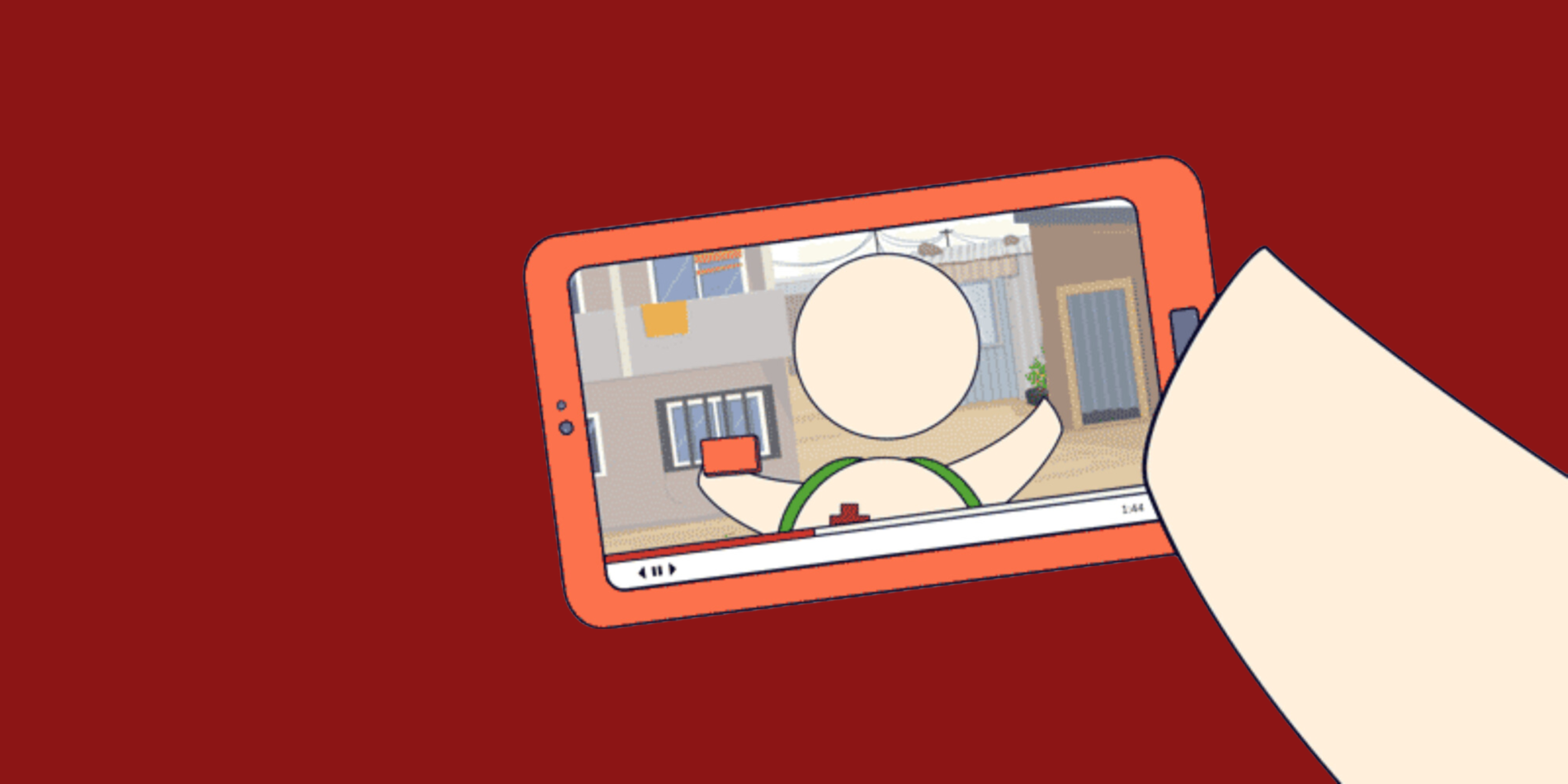Building Capacity for Emergency Care During COVID-19 in Uganda
With the global outbreak of a new disease, information on how to treat patients must be shared as quickly and as broadly as possible.
Developed in partnership with Stanford Emergency Medicine International, our free COVID-19 Training for Healthcare Workers provides video-based training to help build emergency care skills for providers on the frontlines of the pandemic.
Some of these learners have been health workers in Uganda looking to learn essential emergency care principles. Uganda struggles with a shortage of emergency and critical care providers, and this shortage has become even more glaring during the COVID-19 pandemic.
Dr. Annet Alenyo Ngabirano is the President of the African Federation for Emergency Medicine and part of the National COVID-19 task force in the Ugandan Ministry of Health. She has been using our COVID-19 Training course as part of a larger plan to upskill Uganda’s health workforce.
From Dr. Alenyo:
"As a country, our capacity for emergency and critical care is low. With the onset of COVID-19, severe and critical patient cases were popping up all over the country, and that capacity gap became really exposed.
Strongly supported by Ministry of Health leadership, we began discussions about training to improve the capacity of nonspecialists to provide critical care. We wanted to teach principles from intensive care units to our existing workforce of nurses, medical officers, and clinical officers in rural areas across the country.
As part of the team providing technical guidance, I am always on the lookout for different training opportunities. I was already on Coursera when I saw your COVID-19 Training for Healthcare Workers. I liked the modules, the way they are designed, and the videos and their delivery. They’re short, they’re concise, all of the content is very relevant, and addresses key principles of care that cut across settings – whether you are in a high-income or low-income setting, the basic principles stay the same. I also liked that it was free!
Traditionally, training in Uganda has always been face-to-face. We were trying to think of a digital or hybrid approach that was relevant, cost-effective, and interactive but also ensured we adhered to COVID-19 public health measures and standard operating procedures. We wanted to inspire learners to learn and to engage with the training.
I thought this course would be relevant to our goals. I shared it with the rest of the team and they agreed, so we fit Stanford’s approach into our own phased approach to training:
- Phase 1 is the online COVID-19 Training for Healthcare Workers course
- Phase 2 is an in-person skills training and patient care simulation
- Phase 3 is in-person time in patient care areas across various hospitals
We piloted this approach with 50 participants, and we are rolling it out to more participants now that we know what to expect.
A lot of the health workers we are targeting are in low-resource parts of a low-income country. Work has been happening in parallel that has helped boost data and WiFi across the country, but some people still had technology challenges in the pilot. It was a bit turbulent getting everyone set up in Coursera, but it is a good thing for us that will help us with future training. After the participants registered, they did enjoy the training. Many of them were able to complete it in a short while.
For any training, you have to have a solid plan to engage people. You need to understand your trainees, their needs, and where they are coming from. Have discussions! We allowed for fluidity for some of our training content, especially at the beginning so participants can show you what their needs are. It’s important to use trainers who have worked in the settings of your trainees, so when they speak of certain things, you know exactly where they are coming from. For the participants of this training, 80% were from rural areas so you need to understand what happens in a COVID treatment unit up-country compared to in the city. Speak to them and their issues.
You also need a solid follow-up and mentorship plan, especially when training for emergency and critical care. You need to inspire people beyond just knowledge, and try to use the training to reach out to them more and address all those other issues that eventually compound care.
Finally, allow the trainees to practice as much as possible.
Training is not just about the satisfaction of the trainer, you know “we did this, planned this, achieved this” – the one thing you should take from every training is that you actually impacted skills and knowledge on your team, and that you’re confident that when they head back to their workstations, they are going to deliver better quality of care.
One suggestion for courses like this one is to give the low- and middle-income country approach too. For example, what to do if you run out of nasal prongs or oxygen on your unit. These are situations that people face in resource-constrained settings.
We are all struggling to find ways to respond to the pandemic, and then you find a course that is really great and that is out there for free. I think more people should utilize this course. Your health workers won’t spend a lot of time away, they’ll go through it pretty fast and they’ll learn a lot."
Dr. Alenyo would like to recognize her colleagues who helped with the training and its design: Dr. Cornelius Ssendagire, Dr. Peter Agaba, Dr. Mary Nabukenya (Anaesthesiologists); Dr. Celine Jacobs, Dr. Sarah Richardson (Emergency Physicians); Mr. Duncan Matovu and Dr. Ronny Bahatungire (From the COVID-19 Case Management Committee); and the Uganda COVID-19 Emergency Response Project (UCREPP).




